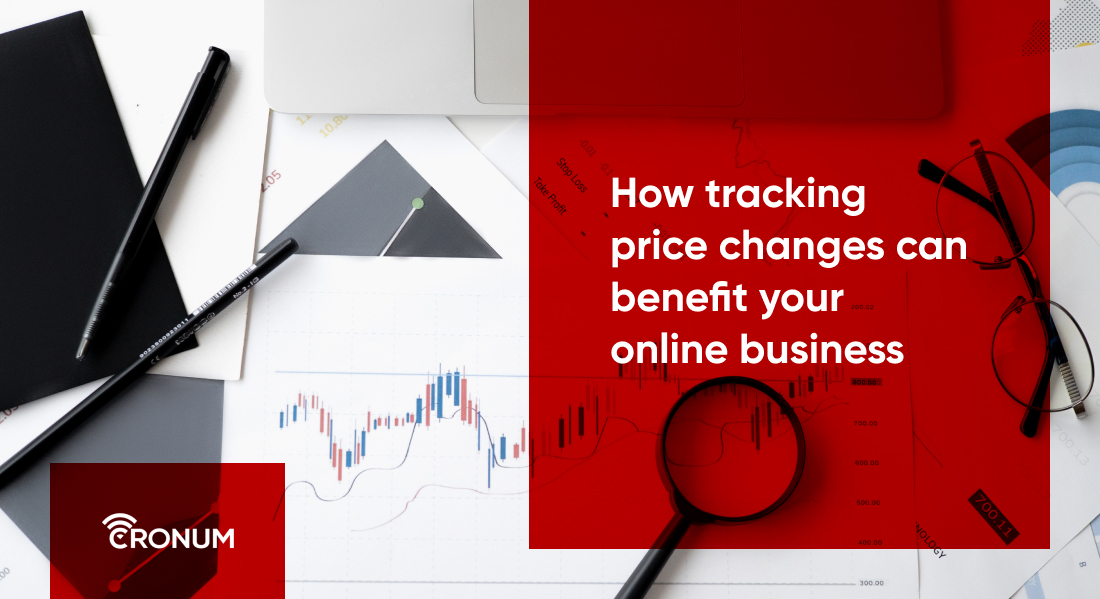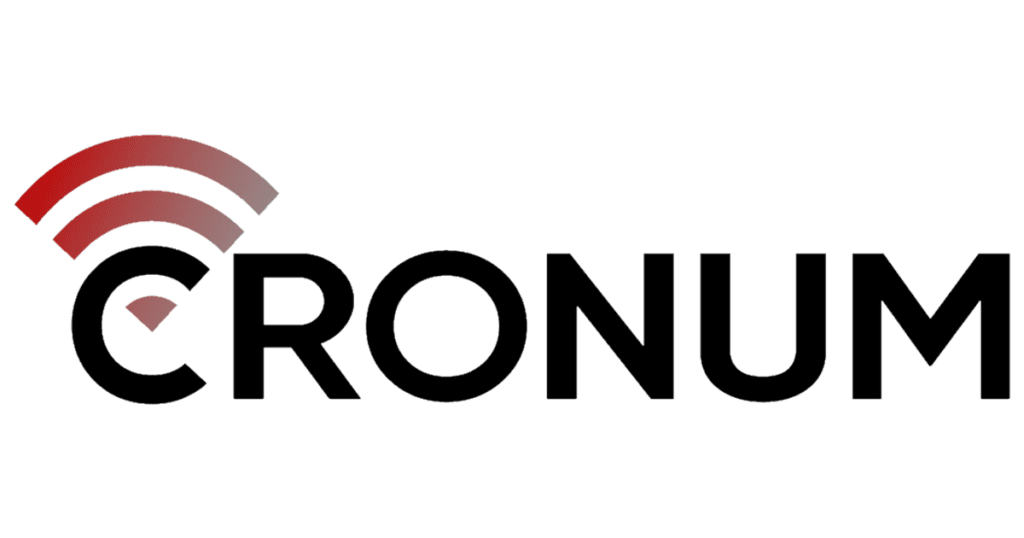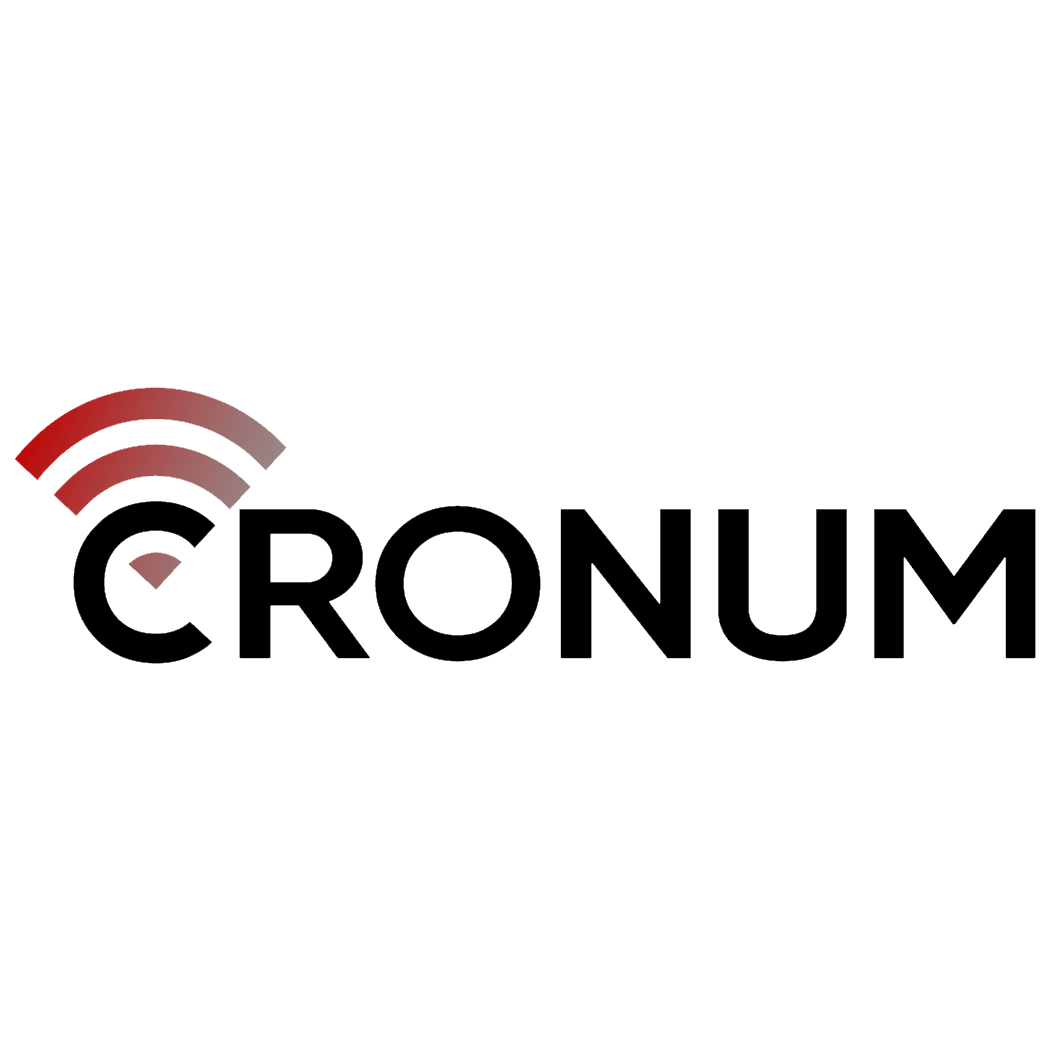How price transparency and tracking can increase your online sales
Introduction
Price transparency is a crucial aspect of consumer decision making, and it is becoming increasingly important in today’s digital age. It refers to the ability for consumers to easily access and compare prices for goods and services. When prices are transparent, consumers are able to make informed purchasing decisions, and can compare prices across different products, vendors, and platforms. Additionally, price transparency fosters trust and credibility between consumers and businesses, and promotes competition among businesses which can ultimately lead to lower prices and better deals for consumers. It is a key factorin creating a fair market, where consumers can make choices based on accurate information.
Build trust with price transparency
Price transparency is the practice of providing clear and easily accessible information about the prices of products and services. This can include displaying prices on a website, in-store, or providing customers with a detailed breakdown of costs before they make a purchase. Price transparency has a number of advantages for both consumers and businesses. For consumers, it allows them to make more informed purchasing decisions, and for businesses, it can help to increase competition, build trust and credibility, and assist in pricing strategy. As a result, price transparency can lead to a win-win situation for both parties, with consumers getting a fair deal and businesses increasing their sales.
Price transparency is a key aspect of building trust and credibility with customers, and there are several strategies that online businesses can use to achieve it:
- Clearly display prices on your website: Make sure that prices are prominently displayed on your website, and that they are easy to find and understand. This can include providing detailed pricing information on product pages, as well as having a dedicated pricing page that outlines different pricing tiers or options.
- Be upfront about any additional costs: Be transparent about any additional costs, such as shipping, handling, or taxes, that may be added to the final price. Make sure that these costs are clearly communicated to customers before they make a purchase.
- Use customer reviews and ratings: Encourage customers to leave reviews and ratings on your website, and make sure that these reviews are prominently displayed. This can help to build trust and credibility with potential customers.
- Be transparent about your business model: Clearly explain how your business operates, including how prices are determined and whether or not you offer price matching or price guarantees.
- Be transparent about changes in pricing: If you change prices, notify your customers about the change. This will help them to trust you better and to understand that the changes are based on different factors, such as market changes, supply chain, etc.
- Use price comparison tools: Provide price comparison tools on your website so that customers can easily compare prices with your competitors.
By implementing these strategies, online businesses can increase price transparency, which can help to build trust and credibility with customers, leading to increased sales and customerloyalty.
Moreover, Price transparency is a legal requirement that businesses operating in Europe must adhere to in order to ensure fair and transparent market practices. In recent years, the European Union (EU) has implemented several laws and regulations that mandate price transparency for businesses operating within the EU. One such law is the Omnibus Directive.
The Omnibus Directive, officially known as the Directive (EU) 2019/1150 of the European Parliament and of the Council of 20 June 2019 on certain aspects concerning contracts for the supply of digital content and digital services, is an EU directive that came into force in July 2020. It provides a framework forthe supply of digital content and digital services in the EU, with an emphasis on consumer protection.
One of the key provisions of the Omnibus Directive is that itrequires businesses to provide customers with clear, transparent and accurate information about the prices and costs of digital content and services. This includes upfront information about any additional costs, such as taxes, delivery charges, and so on. The directive also requires businesses to inform customers of the total price before they make a purchase, and it allows customers to withdraw from a purchase within 14 days, without giving a reason.
Staying compliant with the Omnibus Directive can help businesses to build trust and credibility with their customers. Noting that non-compliance can lead to legal penalties of at least 4% of annual sales or 2 million euros. One solution can be to show customers price history of the products over the past 30 days, and our app Cronum: Price Changes can offer this service for your online business.
How tracking price changes can benefit your online business

One of the main advantages of tracking price changes is that it allows businesses to identify patterns in consumer behavior. For example, if a business notices that sales of a product tend to spike when the price is lowered, it can adjust its pricing strategy to take advantage of this trend. Similarly, if a business notices that sales tend to drop when the price is increased, it can adjust its pricing strategy to avoid this outcome.
Tracking price changes can also help businesses to identify opportunities for promotions and discounts. For example, if a business notices that sales of a product tend to slow down during certain times of the year, it can offer promotions or discounts to help boost sales. Price tracking also allows businesses to make data-driven decisions about pricing. By collecting data over time, businesses can identify patterns and trends that can help them make better decisions about pricing. They can also use the data to identify the most profitable pricing strategy.
Additionally, price tracking can be used to identify the optimal pricing point for a product. This can help businesses to maximize their profits by finding the sweet spot where the product is priced high enough to generate a profit, but low enough to remain competitive and attract customers.
Conclusion: Increase your sales and stay price transparent
In conclusion, price transparency and price tracking are key strategies that can help to increase online sales. By providing customers with clear and accurate information about prices, businesses can build trust and credibility with their customers, which can lead to increased sales and customerloyalty.
However, it is important to note that while implementing price transparency and price tracking can increase sales, it should not come at the expense of customer satisfaction. Businesses should be careful not to manipulate the market or deceive customers, as this can lead to negative customer experiences, and ultimately, loss of customers.

Get in Touch - Get started with custom eCommerce solutions for your Shopify store
Stay Up-to-Date with the Shopify Ecosystem
No charge. Unsubscribe anytime.




